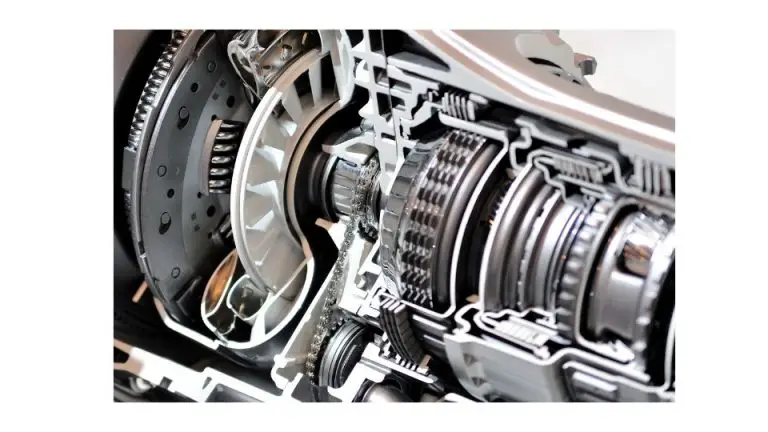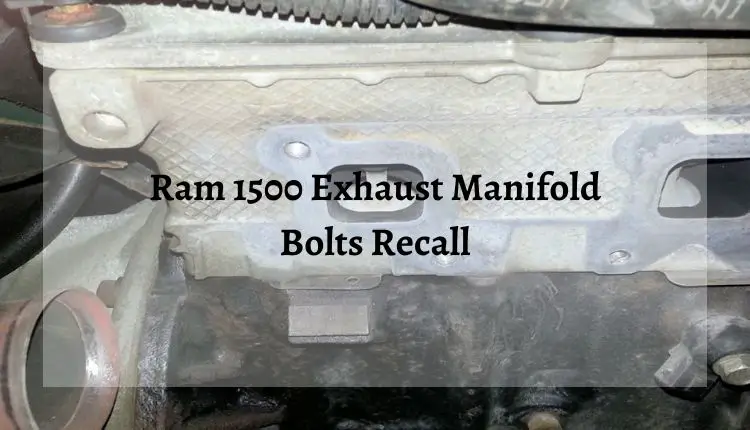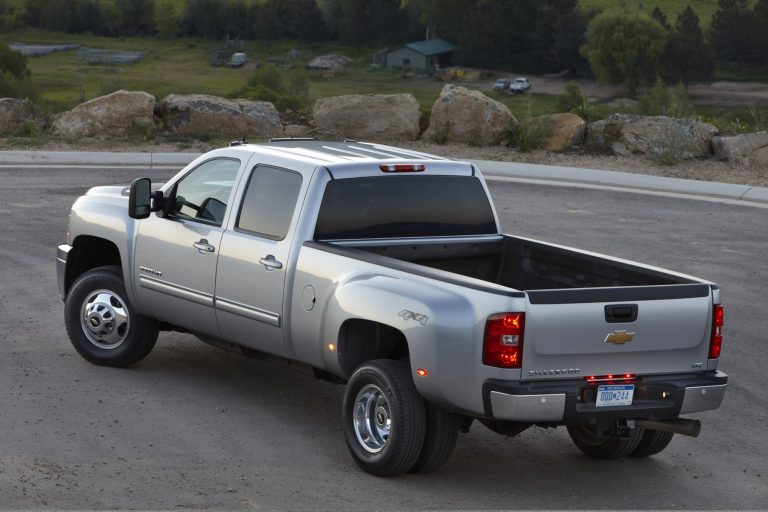How Many Axles Does A Truck Have
The number of axles on a truck varies depending on the type and purpose of the vehicle. Generally, light-duty trucks have two axles, while medium and heavy-duty trucks can have three or more axles to support their load capacity and comply with legal requirements.
Specialized trucks, such as those used for construction or heavy haulage, may have even more axles. Understanding the role of axles in a truck’s performance and maintaining them properly is essential for safe and efficient operation.
Truck axles are an essential part of a vehicle’s suspension system, serving as the central support for the wheels and enabling them to rotate. The purpose and function of axles in a truck play a significant role in the vehicle’s overall performance, handling, and stability.
In this section, we will explore the importance of axles in a truck and how they contribute to its operation.
Purpose and function of axles
- Support the weight of the truck: Axles bear the weight of both the truck and its cargo, ensuring that the vehicle remains stable while in motion. The number of axles in a truck is crucial in determining its load capacity.
- Enable wheel rotation: Axles connect the wheels to the vehicle’s frame, allowing them to rotate smoothly. This functionality is essential for the truck’s movement and steering.
- Transfer power from the engine: In vehicles with rear-wheel drive or all-wheel drive, axles also transfer power from the engine to the wheels, providing the necessary force for movement.
Does Ram 2500 Have Solid Front Axle
Importance in vehicle performance
- Load capacity: The number of axles in a truck influences its load capacity, with more axles allowing the vehicle to support heavier loads. This is especially important for commercial vehicles that need to transport goods and materials.
- Handling and stability: Axles play a significant role in the truck’s handling and stability. A well-designed axle system ensures that the vehicle remains stable even when carrying heavy loads or traveling at high speeds.
- Fuel efficiency: The right axle configuration can improve a truck’s fuel efficiency by reducing the strain on the engine and ensuring that power is distributed evenly among the wheels.
Understanding the role of truck axles is crucial in making informed decisions regarding vehicle operations and maintenance. In the next sections, we will discuss different types of trucks and their axles, factors influencing the number of axles, and components of truck axles.
How Many Axles Can a Truck Have?
Different Types of Trucks and Their Axles
Trucks come in various sizes and configurations, each designed to serve a specific purpose. The number of axles in a truck depends on its type and intended use. In this section, we will explore the different types of trucks and their axle configurations.
Light-duty trucks
Light-duty trucks are smaller vehicles designed for transporting lighter loads and are commonly used for personal or small business purposes. These trucks typically have two axles – one at the front and one at the rear. Examples of light-duty trucks include pickup trucks, minivans, and SUVs.
Medium-duty trucks
Medium-duty trucks are larger than light-duty trucks and are designed to carry more substantial loads. They are commonly used for commercial purposes, such as delivering goods or providing specialized services.
These trucks usually have two or three axles, with the third axle added to support the increased load capacity. Examples of medium-duty trucks include box trucks, flatbed trucks, and utility trucks.
Heavy-duty trucks
Heavy-duty trucks are the largest and most powerful trucks, designed to carry heavy loads and perform demanding tasks. They are commonly used in industries such as construction, mining, and transportation.
These trucks typically have three or more axles to support their significant load capacity and comply with legal requirements. Examples of heavy-duty trucks include tractor-trailers, dump trucks, and concrete mixers.
Specialized trucks
Specialized trucks are designed for unique applications and often have custom axle configurations to meet the demands of their specific tasks. These trucks may have more than three axles, depending on their intended use and legal regulations. Examples of specialized trucks include fire trucks, mobile cranes, and heavy haulage trucks for transporting oversized loads.
In the following sections, we will delve into the factors that influence the number of axles in a truck, the components of truck axles, and their proper maintenance and inspection.
Factors Influencing the Number of Axles
The number of axles in a truck is influenced by various factors, including load capacity, legal requirements, and the truck’s configuration. In this section, we will examine these factors and their impact on a truck’s axle count.
Load Capacity
Load capacity is a crucial factor in determining the number of axles a truck requires. Trucks with higher load capacities need additional axles to support the weight of their cargo. Additional axles also help distribute the load evenly across the vehicle, improving stability and reducing strain on the suspension system.
Legal requirements and regulations
Legal requirements and regulations play a significant role in determining the number of axles a truck can have. In many countries, there are strict rules governing the maximum weight a truck can carry per axle to protect roads and bridges from damage.
As a result, trucks designed to carry heavy loads must have more axles to comply with these regulations and distribute the weight of their cargo evenly.
Truck configuration
The configuration of a truck can also influence the number of axles it has. For example, trucks with rear-wheel drive or all-wheel drive require additional axles to transfer power from the engine to the wheels.
Additionally, some specialized trucks, such as those with steerable lift axles, may have extra axles to improve maneuverability and support heavy loads.
In the upcoming sections, we will discuss the components of truck axles, as well as their proper maintenance and inspection, to ensure optimal performance and safety.
Components of Truck Axles
Truck axles are composed of several essential components that work together to support the vehicle’s weight, enabling wheel rotation, and transfer power from the engine. In this section, we will explore the primary components of truck axles and their functions.
Axle housing
The axle housing is the structural component that encases the axle shaft, differential, and other internal components. It provides support and protection for these critical parts, ensuring that they remain in proper alignment and function effectively.
Axle shaft
The axle shaft is a long, cylindrical component that connects the wheels to the differential. It transfers rotational force from the differential to the wheels, enabling the vehicle to move. The axle shaft also supports the weight of the truck and its cargo.
Bearings and seals
Bearings and seals are essential components that reduce friction between the axle shaft and the axle housing. They ensure smooth and efficient rotation of the axle shaft, while also preventing the leakage of lubricant from the axle assembly.
Differential
The differential is a crucial component that allows the wheels on an axle to rotate at different speeds, which is necessary when a vehicle turns. The differential also transfers power from the driveshaft to the axle shafts, providing the force needed to move the truck.
In the following sections, we will discuss the importance of proper maintenance and inspection of truck axles, as well as the steps involved in ensuring their safety and performance.
Proper Maintenance and Inspection
Regular maintenance and inspection of truck axles are crucial to ensuring the safety and performance of the vehicle. In this section, we will outline the steps involved in maintaining and inspecting truck axles, as well as the importance of identifying common issues.
Routine checks and lubrication
- Visual inspections: Regularly inspect the axle housing and other visible components for signs of damage, such as cracks, corrosion, or leaks. Address any issues promptly to prevent further damage or failure.
- Lubrication: Ensure that axle bearings and the differential are adequately lubricated to reduce friction and wear. Follow the manufacturer’s recommendations for lubricant type and replacement intervals.
- Tire alignment and balance: Proper tire alignment and balance are essential for even distribution of weight across the axles, reducing strain on axle components and improving vehicle handling and stability.
Identifying common issues
- Axle shaft wears: Excessive wear on the axle shaft can lead to decreased performance and potential failure. Inspect the axle shaft for signs of wear or damage and replace it if necessary.
- Bearing failure: Worn or damaged bearings can result in increased friction and decreased efficiency. Regularly check bearings for signs of wear or damage and replace them as needed.
- Differential issues: Problems with the differential can affect the truck’s ability to turn and transfer power to the wheels. Inspect the differential for signs of wear, damage, or leaks, and address any issues as soon as possible.
Ensuring safety and performance
Regular maintenance and inspection of truck axles are crucial for ensuring the safety and performance of the vehicle. By addressing potential issues promptly and following the manufacturer’s recommendations for maintenance,
Truck operators can prevent component failure, improve vehicle handling and stability, and extend the lifespan of their trucks.
In the next section, we will conclude our comprehensive guide on truck axles by summarizing the importance of understanding the role of axles in a truck’s operation and making informed decisions regarding maintenance and vehicle operation.

Credit: Carfromjapan.com
FAQs
How many axles does a typical truck have?
A typical truck can have two to four axles or more, depending on its type, purpose, load capacity, and legal requirements. Light-duty trucks usually have two axles, while medium and heavy-duty trucks can have three or more axles.
What is the purpose of a truck axle?
A truck axle serves multiple purposes: it supports the weight of the truck and its cargo, enables the wheels to rotate, and in some cases, transfers power from the engine to the wheels.
What are the primary components of a truck axle?
The main components of a truck axle include the axle housing, axle shaft, bearings and seals, and differential. These components work together to support the vehicle’s weight, enabling wheel rotation, and transfer of power from the engine.
How can I maintain my truck’s axles?
Regular maintenance of truck axles involves visual inspections for damage, proper lubrication of bearings and the differential, and ensuring correct tire alignment and balance. Address any issues promptly to prevent component failure and improve vehicle performance.
What are some common truck axle issues and how can I identify them?
Common truck axle issues include axle shaft wear, bearing failure, and differential problems. Regular inspections can help identify these issues, and replacing worn or damaged components as needed can prevent further damage or failure.
What’s up with all the axles?
Conclusion
Understanding the importance of truck axles and their role in a vehicle’s performance, handling, and stability is essential for truck operators, fleet managers, and drivers. By gaining knowledge about different types of trucks and their axle configurations,
As well as the factors that influence the number of axles, truck operators can make informed decisions when selecting the right vehicle for their needs.
Proper maintenance and inspection of truck axles are crucial for ensuring the safety and performance of the vehicle. By regularly inspecting axle components, lubricating bearings, and the differential, and addressing potential issues promptly, truck operators can prevent component failure, improve vehicle handling and stability, and extend the lifespan of their trucks.
In conclusion, truck axles play a vital role in the overall performance of a vehicle. By understanding their purpose and function, operators can optimize the performance and safety of their trucks, making informed decisions in truck operations and maintenance.
Read More:







